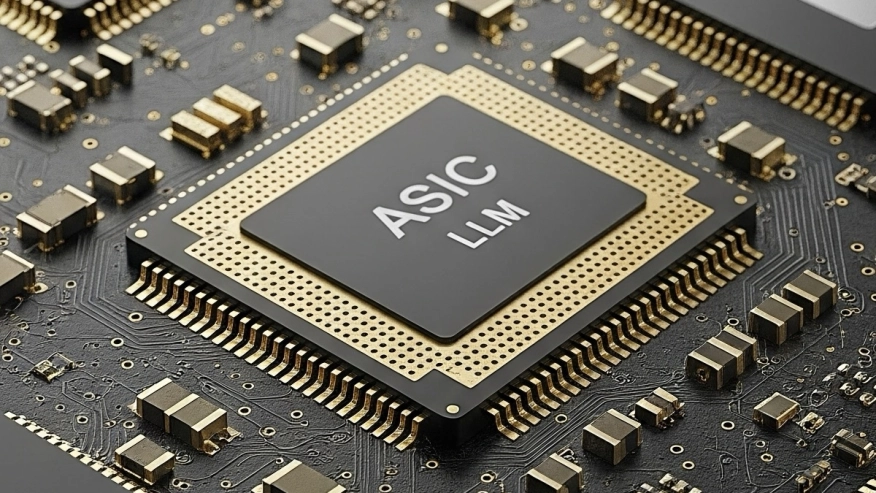Why ASIC Design Makes Sense for LLM-On-Device
A look at architectural and design considerations when designing ASICs for LLM-on-device.
By Steve Xu, Co-Founder and Chief Architect, XgenSilicon
EETimes | July 14, 2025

 Multimodality LLMs can enable powerful real-time vision and audio applications if chip power and cost meet the constraints of edge devices. By adopting an ASIC approach, it’s possible to achieve a hardware-efficient implementation through custom design, resulting in lower power and cost compared to using off-the-shelf components, such as GPUs, NPUs, and application processors.
Multimodality LLMs can enable powerful real-time vision and audio applications if chip power and cost meet the constraints of edge devices. By adopting an ASIC approach, it’s possible to achieve a hardware-efficient implementation through custom design, resulting in lower power and cost compared to using off-the-shelf components, such as GPUs, NPUs, and application processors.
An ASIC design is a systematic approach to address power efficiency bottlenecks, which may be different from model to model and per deployment constraint.
For example, the power of Snapdragon AR1+ Gen 1 running a 1B vision model is 1 watt. An ASIC implementation of the same model can reduce it to 0.1 watt with design tradeoffs between silicon die area and power consumption by shifting the design from NPU + DDR architecture to ASIC + on-chip memory architecture. For smart glasses with a 500 mAh battery, this translates the active time of vision from 0.5 hours to 5 hours.
In this article, we’ll illustrate architectural and design considerations to be taken into account when planning and designing ASICs for LLM-on-device.
To read the full article, click here
Related Semiconductor IP
- HBM4 PHY IP
- eFuse Controller IP
- Secure Storage Solution for OTP IP
- Ultra-Low-Power LPDDR3/LPDDR2/DDR3L Combo Subsystem
- MIPI D-PHY and FPD-Link (LVDS) Combinational Transmitter for TSMC 22nm ULP
Related News
- Why the Microsemi-Actel deal makes complete sense
- Analysis: Why ARM-AMD makes sense
- Aion Silicon Expands Barcelona Design Center to Meet Surging Demand for ASIC and SoC Solutions
- ASIC Shift for High-Speed Computing: PGC’s Design Service Turnkey Platform Speeds Time-to-Market
Latest News
- LTSCT and Andes Technology Sign Strategic IP Licensing Master Agreement to accelerate RISC-V Based Advanced Semiconductor Solutions
- Global Semiconductor Sales Increase 29.8% Year-to-Year in November
- BAE Systems Licenses Time Sensitive Networking (TSN) Ethernet IP Cores from CAST
- HBM4 Mass Production Delayed to End of 1Q26 By Spec Upgrades and Nvidia Strategy Adjustments
- ASICLAND Secures USD 17.6 Million Storage Controller Mass Production Contract